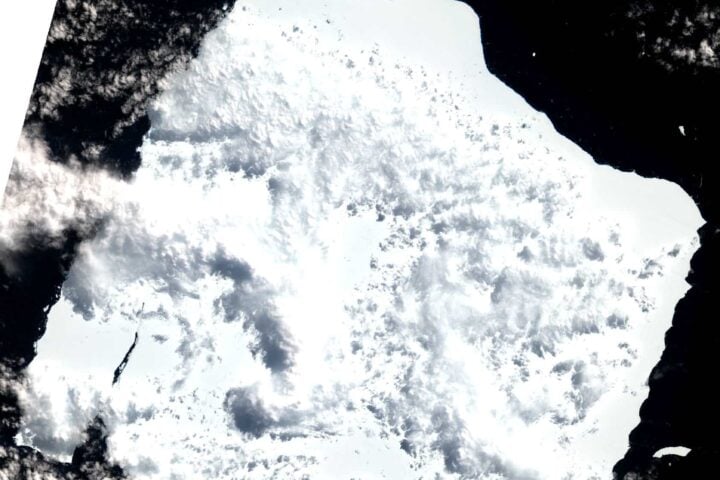According to a new study, the central–north region of Greenland experienced an average temperature increase of 1.5° c between 2001 & 2011 compared to the 20th century. Human activities are likely responsible for this warming, according to the study, published in the journal Nature. The loss of ice may be accelerated due to human activities. Over 3 million cubic kilometers of water is held by the ice sheet. The Greenland ice sheet will cause a global sea-level rise of 50 centimeters by 2100, if greenhouse emissions continue at their current rate.This will lead to flooding in many coastal areas around the world.
Data obtained from ice cores that spanned over a thousand years was examined by the researchers. A sort of frozen time capsule is presented in the form of cylindrical samples of ice cores. This helps to examine the climate of the distant past. “The time series we recovered from the ice cores now continuously covers more than 1,000 years, from year 1000 to 2011 ,” said Dr. Maria Horhold, a glaciologist at the Alfred Wegener institute in Germany.
Temperature was measured & the amount of ice melting from the ice sheet was determined by the study team. According to the study, melting has increased in Greenland since the early 2000s. It is a cause of substantial rising sea level around the globe. Trillions of tons of ice are lost every decade in Greenland. This loss is on the increase now.
- Ford Stops U.S. Vehicle Exports to China as Tariffs Spike to 150% in Escalating Trade War
- Sterile Processing Technician: $70K Salary, 6% Job Growth, No Degree Needed
- Scientists New Color Olo Only Shows Up When a Laser Hits One Eye Cell Most People Never Notice
- NYC Congestion Toll Cuts Traffic by 1M Vehicles; Trump Sets April 20 Deadline
- Gray Whales Suffer 94 Deaths in Baja Lagoons, Calf Pairs at Record‑Low Eight
The study warns that a rise of 7 meters sea –level can be caused by the current amount of ice. The future of human civilization is at stake. A stable & resilient planet is at the risk of destabilization. Human well-being & equity for all are crucial for a stable globe, the study adds. The findings noted that the Atlantic Ocean current is important for the rainfall over the Amazon rainforest as it is one of the most important carbon sinks on the planet, but it is on decline now due to loss of its ability to store carbon.

















